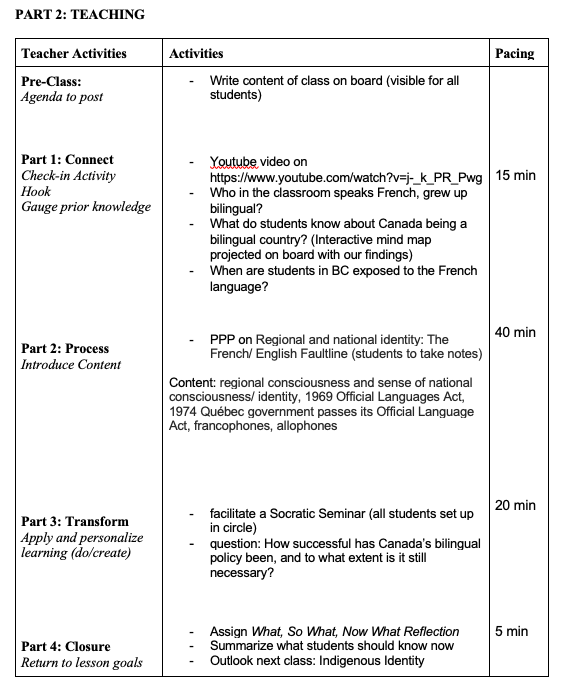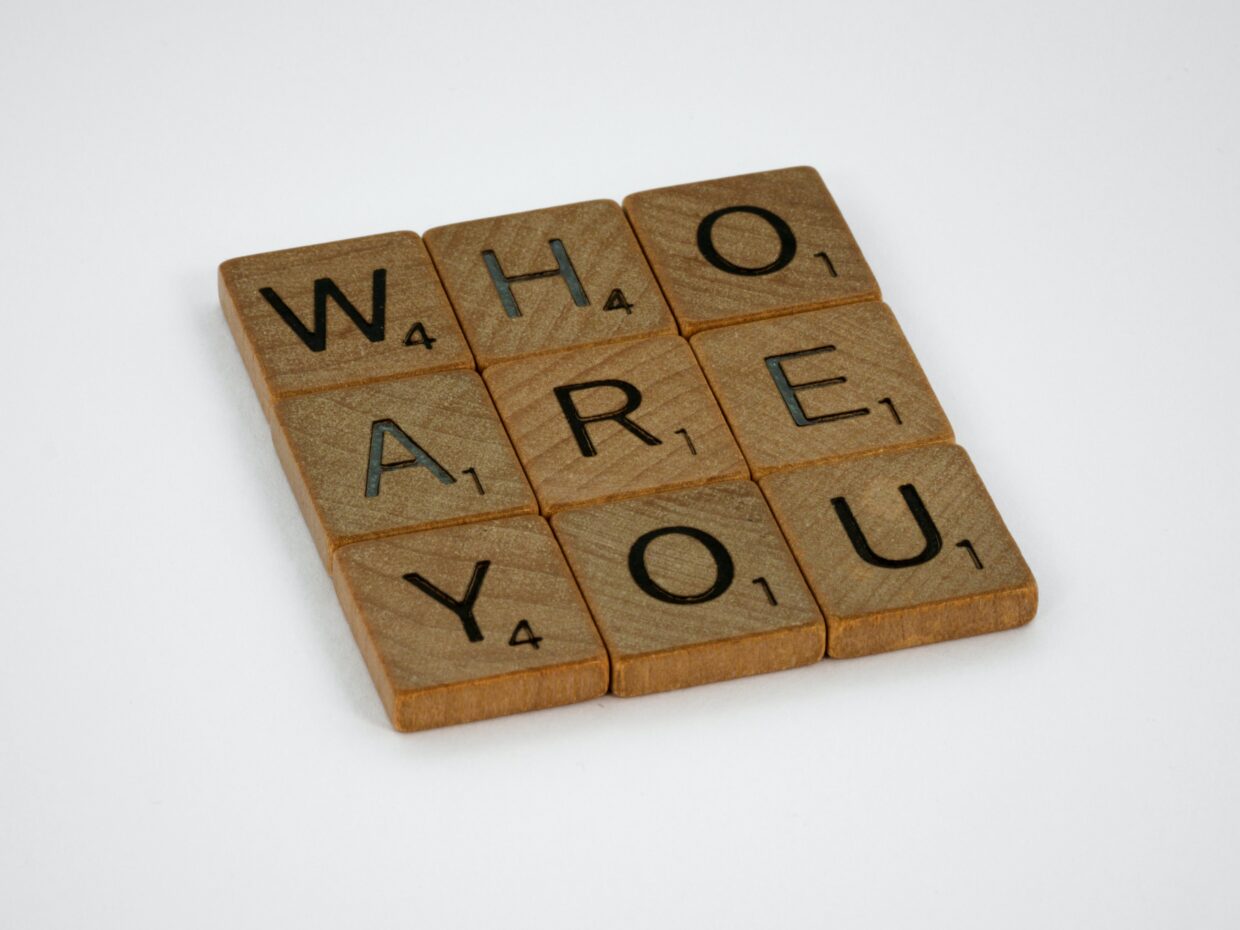This week, I would like to create a lesson plan on Canadian Identities. I will be looking into Regional and National Identities: The French/ English Faultline.
LESSON PLAN Social Studies on Canadian Identities
Big Ideas:
- Worldviews lead to different perspectives and ideas about developments in Canadian society
- Historical and contemporary injustices challenge the narrative and identity of Canada as an inclusive, multicultural society
Core Competencies:
- Communication: connecting and engaging with others, focusing on intent and purpose, acquiring and presenting information
- Thinking: Critical and Reflective Thinking
- Personal and Social: Positive Personal and Cultural Identity
Curricular Competencies:
- Compare and contrast continuities and changes for different groups at particular times and places
- Assess how underlying conditions and the actions of individuals or group influence events, decisions, or developments, and analyze multiple consequences
- Make reasoned ethical judgements about actions in the past and present, and assess appropriate ways to remember and response
Content:
- Canadian identities
- Francophone Identities: Quebecois
Essential Questions:
- How has Canadian identity changed or stayed the same?
- How do different political parties address historical or contemporary problems?
- How successful has Canada’s bilingual policy been, and to what extent is it still necessary?
PART 1: PLANNING
Rationale/Pre-Assessment:
Why these students at this time in this way? What is the background knowledge of students to support this learning?
- Who in the classroom speaks French, grew up bilingual?
- What do students know about Canada being a bilingual country?
- When are students in BC exposed to the French language?

Resources, Materials, and Technology Preparation:
What resources, materials and preparation are required?
- Set up projector and computer at school with PPP, have PPP on USB as backup
- Power Point Presentation on Regional and National Identities: The French/ English Faultline
- Book: The Regional Geography of Canada by Robert M. Bone
PART 2: TEACHING

PART 3: REFLECTION
How did the learning go? How do you know what to teach next? In what ways are the learners informing you about the next steps?
Did students understand what Quebecois identity is and are they able to share ways in which Canada’s and Quebec’s identity changed and evolved?
Photo by Brett Jordan on Unsplash
